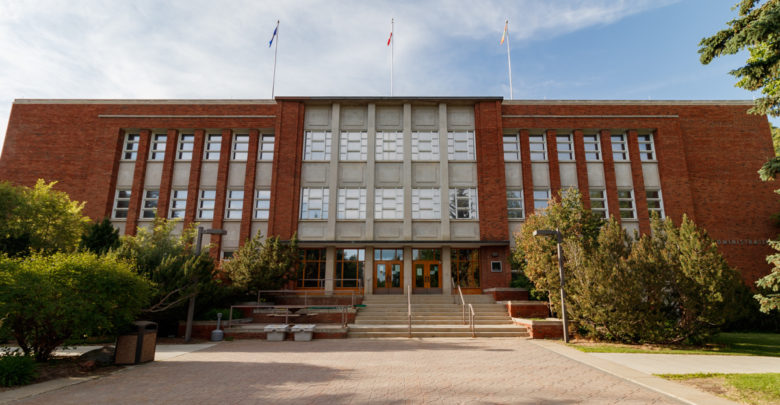Domestic tuition increase proposal for 2025–26 shown to Council of Student Affairs
The current proposal undergoing consultation is a two per cent domestic tuition increase for 2025–26, applied to all programs. International tuition proposals will "be coming shortly."
 Christien Ford
Christien FordThe University of Alberta’s Council of Student Affairs (COSA) — a standing committee of the General Faculties Council (GFC) — met on November 7. During the meeting, Deputy Provost (students and enrolment) Melissa Padfield presented an update on tuition increase proposals.
The current proposal is a two per cent domestic tuition increase for 2025–26, applied to all programs. This is undergoing consultation with university committees and both undergraduate and graduate students and associations. International student tuition proposals “will be coming shortly,” Padfield said. The final proposals will be brought to the Board of Governors (BoG) in March 2025.
“Students always ask the question, ‘what does my tuition cover?’ It’s everything that’s associated with the delivery of your program,” Padfield said. This includes instructor salaries; the creation and maintenance of classrooms and study spaces; disposable supplies for teaching, activities, and labs; utilities; research that supports instruction; and libraries, according to Padfield’s presentation.
Additionally, “5.5 per cent of total tuition revenue — or just over $23 million — goes directly to student financial support.”
Padfield discussed how cost-drivers behind program delivery are increasing. She said that salaries and benefits — which make up 57 per cent of program deliver costs — and materials and supplies — which make up 18 per cent — “are quite influenced by inflation and the Consumer Price Index (CPI).” CPI measures inflation by tracking the price change of consumer goods annually.
“We’re in a very challenging context right now,” Padfield says
The university is also facing gaps in its revenue, Padfield added. The U of A has seen a decrease of $222 million in the Government of Alberta’s operating grant over the past three years. According to the presentation, “there is no anticipated strategic or inflationary increase” for 2025–26 in this grant. As a result, “it’s actually about an [additional] $44 million cut” to the grant, Padfield said.
“We certainly want to make sure that within all of this, we maintain the quality of instruction,” Padfield said. “We project that our costs will continue to rise as inflation goes up. So that’s something that we have to be attentive to.”
The Government of Alberta capped tuition increases for domestic students at two per cent for 2025–26. Because the university can’t increase tuition by 3.2 per cent, which is in line with CPI, the tuition cap “creates a $3 million gap between that revenue and what an inflationary increase would provide,” Padfield said.
Despite the proposed domestic tuition increase, “affordability is always at the top of the mind,” Padfield said. “We’re in a very challenging context right now, as are many institutions. But the U of A in particular, given the speed at which these reductions happen.”
“We’re looking at every possible avenue on revenue to try and make sure that the ability to provide quality, ongoing, diverse programs that get students to their academic and career goals continue to happen. We will be successful in doing that, but right now it’s rough.”




